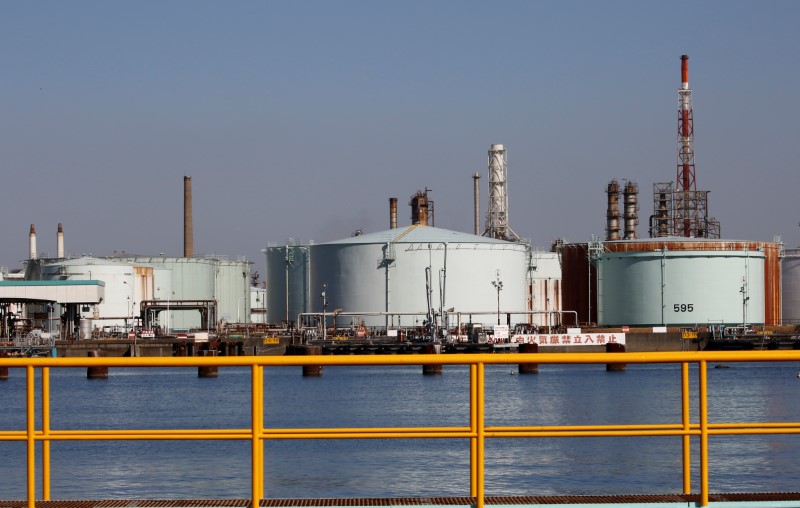(Bloomberg) -- A handful of travel-starved Taiwanese recently boarded a plane at Taipei International Airport that never took off. The flight to nowhere gave passengers an opportunity to dream about vacationing abroad but it was also emblematic of the challenges facing aviation and jet fuel suppliers.
With air travel not expected to return to pre-virus levels until 2023 at the earliest, refiners are caught in a balancing act as they juggle the uneven fuel recovery and what to do about excess jet fuel output. While they can produce more products such as gasoline and diesel, they also face the prospect of adding to gluts, especially with the pandemic raging unabated in many regions.
While jet fuel typically accounts for a fraction of a processed barrel of crude, refiners have a number of options to reduce that further. Processors can split kerosene -- the raw ingredient for aviation fuel -- into lighter streams to make products such as gasoline or heavier streams for diesel.
“This is the easiest way to reduce jet,” said Kendrick Wee, associate director of global refining and marketing for energy consultant IHS Markit, adding that most refiners would probably favor blending kerosene into diesel given the strong margins. Processors could also cut run rates or switch their feedstock from crude to straight-run fuel oil, which produces less lighter fuel, he said.
Diesel and gasoline will lead the recovery in demand, with consumption returning to 2019 levels next year, but jet fuel is unlikely to get there until at least 2023, according to a note from Goldman Sachs Group Inc (NYSE:GS). earlier this month. While refiners are generating small profits from producing aviation fuel again after making losses through parts of April and May, average margins are about 86% lower this month from January before the virus hit.
See also: China’s Patchy Aviation Recovery Portends More Pain for Oil
Many Asian operators are opting for higher diesel output. At least two South Korean processors are producing more of the industrial fuel by blending in excess jet fuel, according to traders who supply and buy oil for the refiners who asked not to be named as they’re not authorized to speak to the media. However, with margins improving, jet fuel yields are starting to expand slightly, a refinery official said separately.
Indian Oil Corp., the nation’s biggest refiner, is monitoring diesel demand domestically and overseas to decide how much more of the industrial fuel to produce, according to a spokesman. The company has significant flexibility to convert jet fuel to other products and is reluctant to cut run rates.
“Indian refiners have been able to make substantial shifts in yields away from jet fuel,” said Senthil Kumaran, an oil markets consultant at FGE. Yields hit a record low of 3.6% in May, about half the usual average, he said.
Taiwan’s Formosa Petrochemical Corp lowered its jet fuel yield to around 5%, from its usual 8-12%, and intends to keep it that way for the rest of the year, according to spokesperson Lin Keh-Yen. Meanwhile, Japan’s biggest refiner -- ENEOS Holdings Inc. -- reduced output of the aviation fuel by half due to weak demand, its chairman said Friday.
©2020 Bloomberg L.P.
